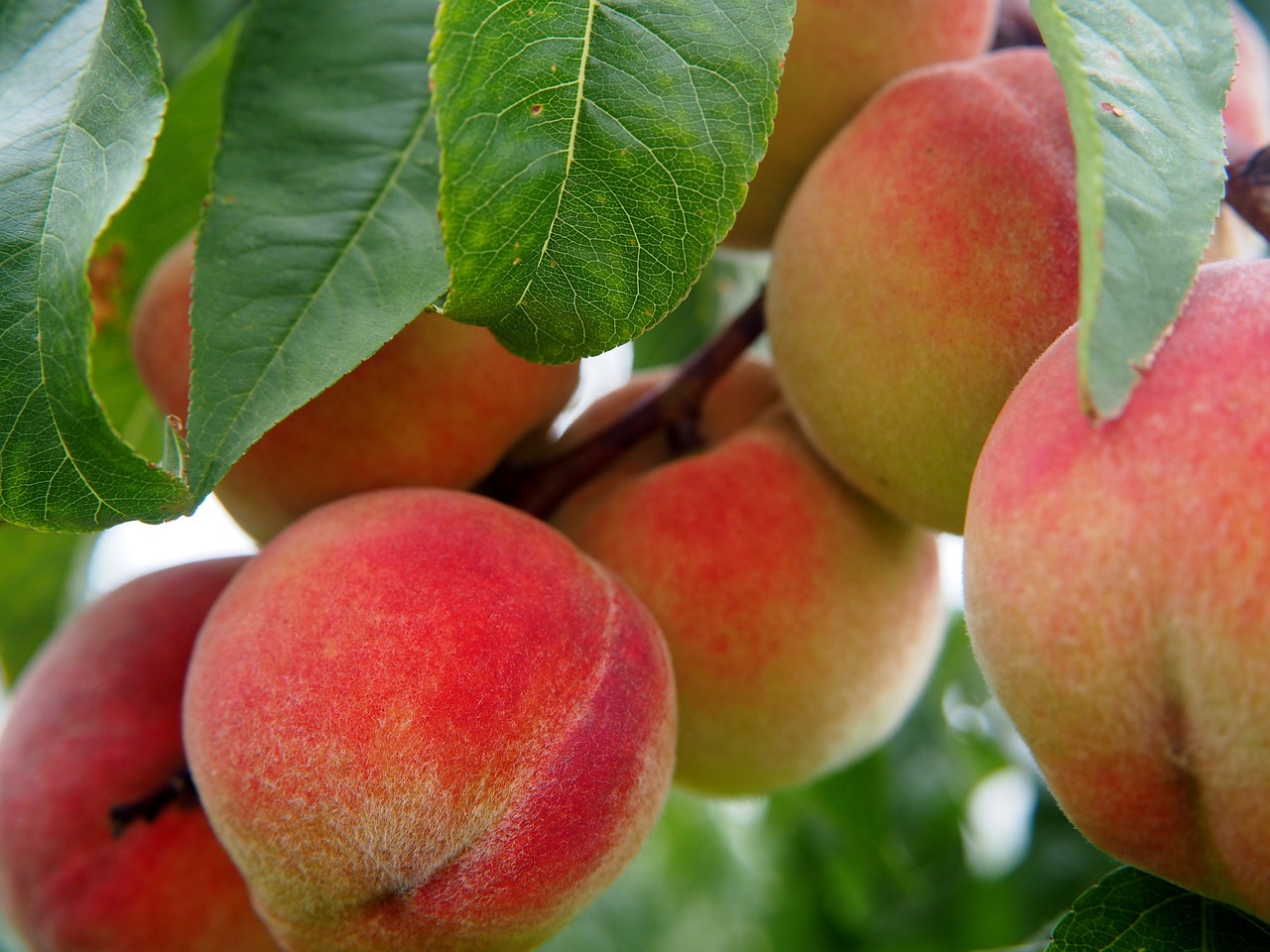
When it comes to fresh, juicy peaches, it can be difficult to tell if they are ripe and ready to eat or past their prime. While there are some obvious signs of spoilage, such as mold or a foul odor, other indicators are more subtle. Knowing how to identify a bad peach can save you from biting into a mealy, flavorless fruit.
One of the first things to look for when checking the quality of a peach is its appearance. A ripe peach should have a vibrant, uniform color and a slightly fuzzy texture. Any bruising or discoloration could be a sign that the fruit is overripe or has suffered damage. Additionally, a peach that feels overly soft or mushy to the touch may be past its prime.
Another way to determine if a peach is bad is by its scent. A ripe peach should have a sweet, fragrant aroma. If the fruit smells sour or musty, it may be starting to spoil. It’s also important to note that some varieties of peaches have a stronger scent than others, so it’s helpful to familiarize yourself with the type of peach you are purchasing.
Table of Contents
Understanding Peach Basics
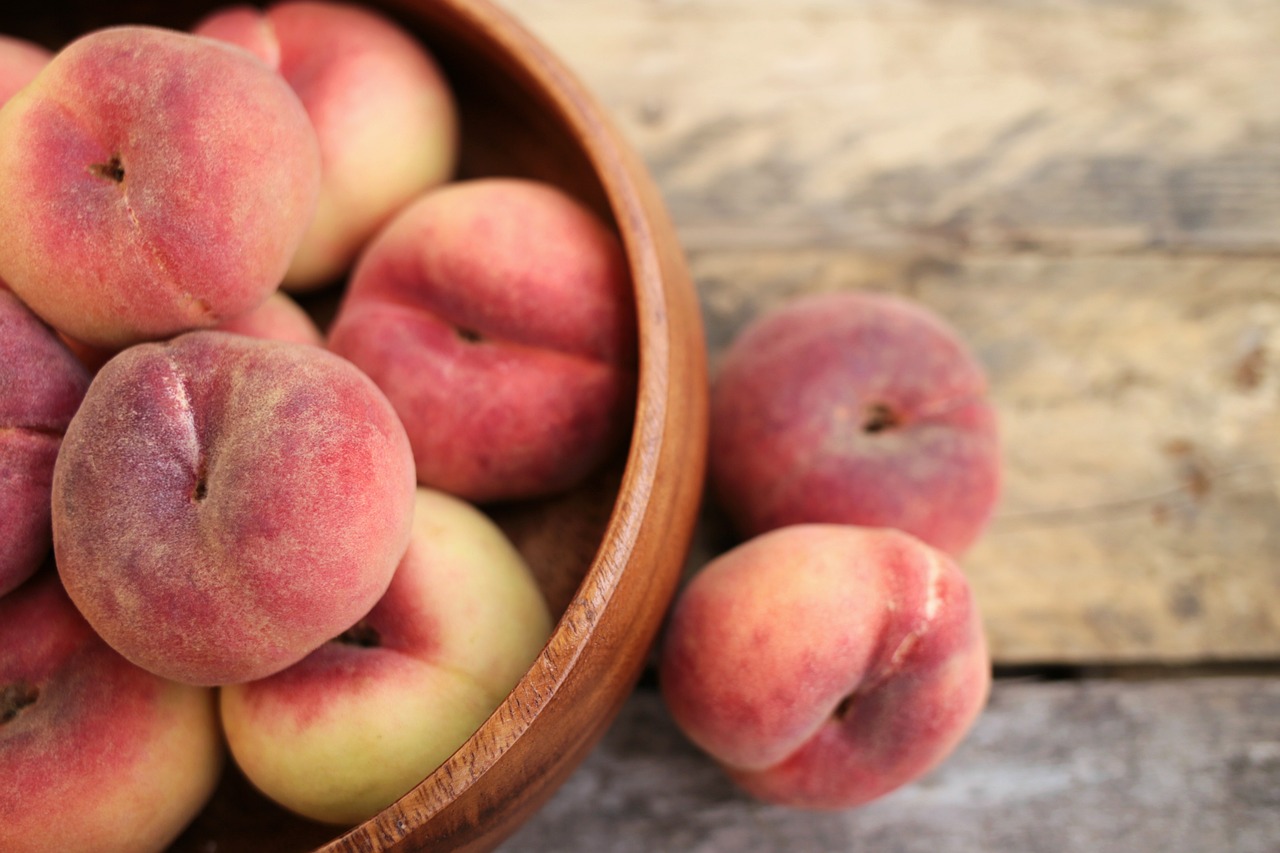
Peaches are a delicious and nutritious fruit that come in a variety of colors and sizes. They are typically harvested in the summer months and can be found in grocery stores and farmers markets throughout the season.
When looking for a ripe peach, it is important to consider its color, shape, and firmness. A ripe peach should be round and firm, with a slightly soft texture. The color of a ripe peach can vary depending on the variety, but it should be vibrant and free from any green areas.
If a peach is overripe, it will be soft to the touch and may have brown spots or bruises. An overripe peach may also have a sour smell and taste. It is important to avoid eating overripe peaches, as they can cause digestive issues.
When selecting peaches, it is best to choose ones that are in season and have been recently harvested. This will ensure that they are fresh and have the best flavor.
In summary, understanding the basics of peach ripeness and quality can help you choose the best peaches for your needs. By considering factors such as color, shape, and firmness, you can ensure that you are selecting ripe peaches that are both delicious and nutritious.
Signs of a Bad Peach
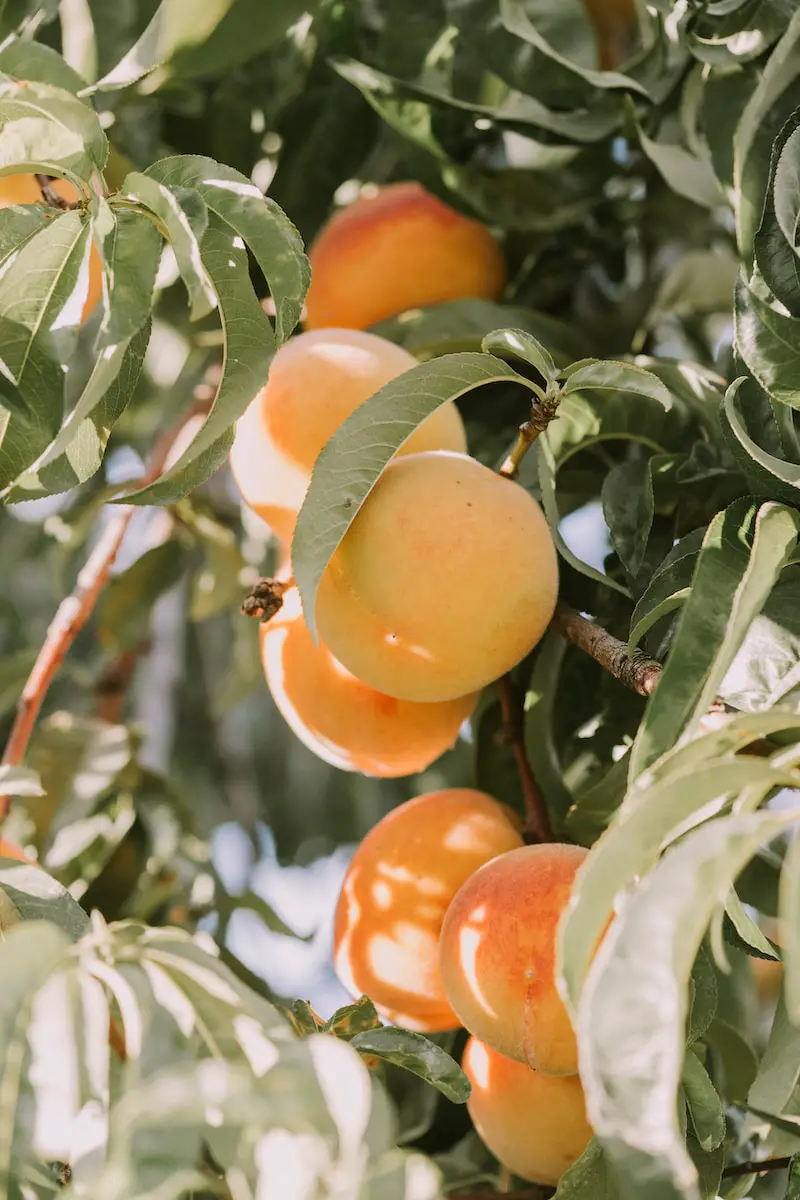
Peaches are a delicious and nutritious fruit that can be enjoyed in many different ways. However, sometimes they can go bad and become inedible. Here are some signs that a peach may be bad:
Visual Signs
- Discoloration: If the peach has brown spots, severe bruising, or moldy patches, it is likely bad.
- Wrinkles: A peach with wrinkled skin or a wrinkled appearance is a sign that it has gone bad.
- Soft Spots: If the peach feels mushy or has soft spots, it is likely overripe and may have started to rot.
Smell
- Fermented or Rotten Smell: If the peach smells rotten or fermented, it is likely bad and should not be eaten.
Texture
- Mealy or Mushy Peaches: If the peach has a mealy or mushy texture, it is likely overripe and may have started to rot.
Overall Appearance
- Shape: A peach that is misshapen or has a damaged stem end may have been mishandled and could be bad.
- Dark Yellow or Wrinkled: A peach that has dark yellow or wrinkled skin is a sign that it has gone bad.
It is important to note that some peaches may have natural wrinkles or dark spots that do not necessarily mean they are bad. However, if the peach has a combination of the above signs, it is best to err on the side of caution and discard it.
Smell and Texture of a Peach
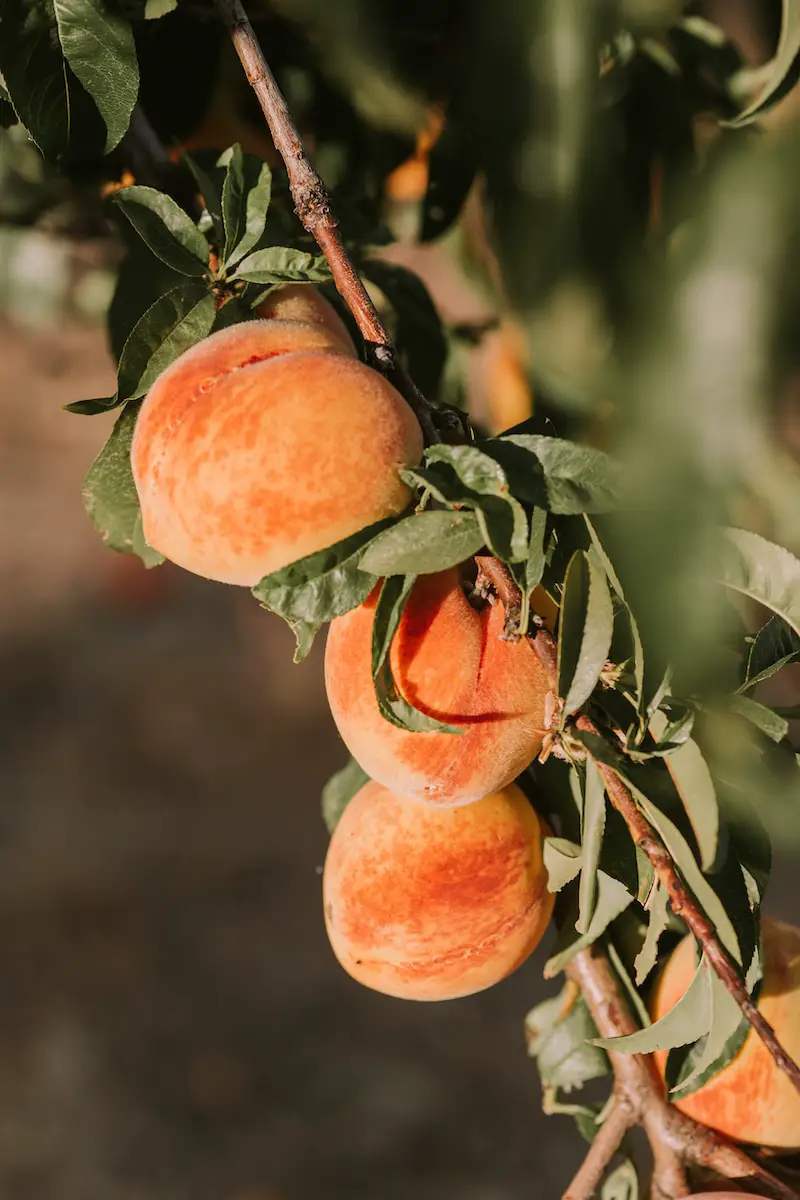
One of the easiest ways to tell if a peach is bad is to use your sense of smell. A ripe peach should have a sweet aroma that is pleasant and inviting. If the peach smells sour or moldy, it is likely spoiled and should be discarded.
In addition to smell, the texture of a peach can also provide clues about its freshness. A good peach should be firm to the touch but not too hard. If the peach feels mushy or overly soft, it may be overripe or beginning to rot.
When examining the texture of a peach, pay attention to any visible bruises or soft spots. These areas may indicate that the peach is no longer fresh and should be avoided.
Overall, a fresh peach should have a sweet aroma and firm texture. If the peach smells rotten or feels mushy, it is likely past its prime and should not be consumed.
Storing Peaches Properly
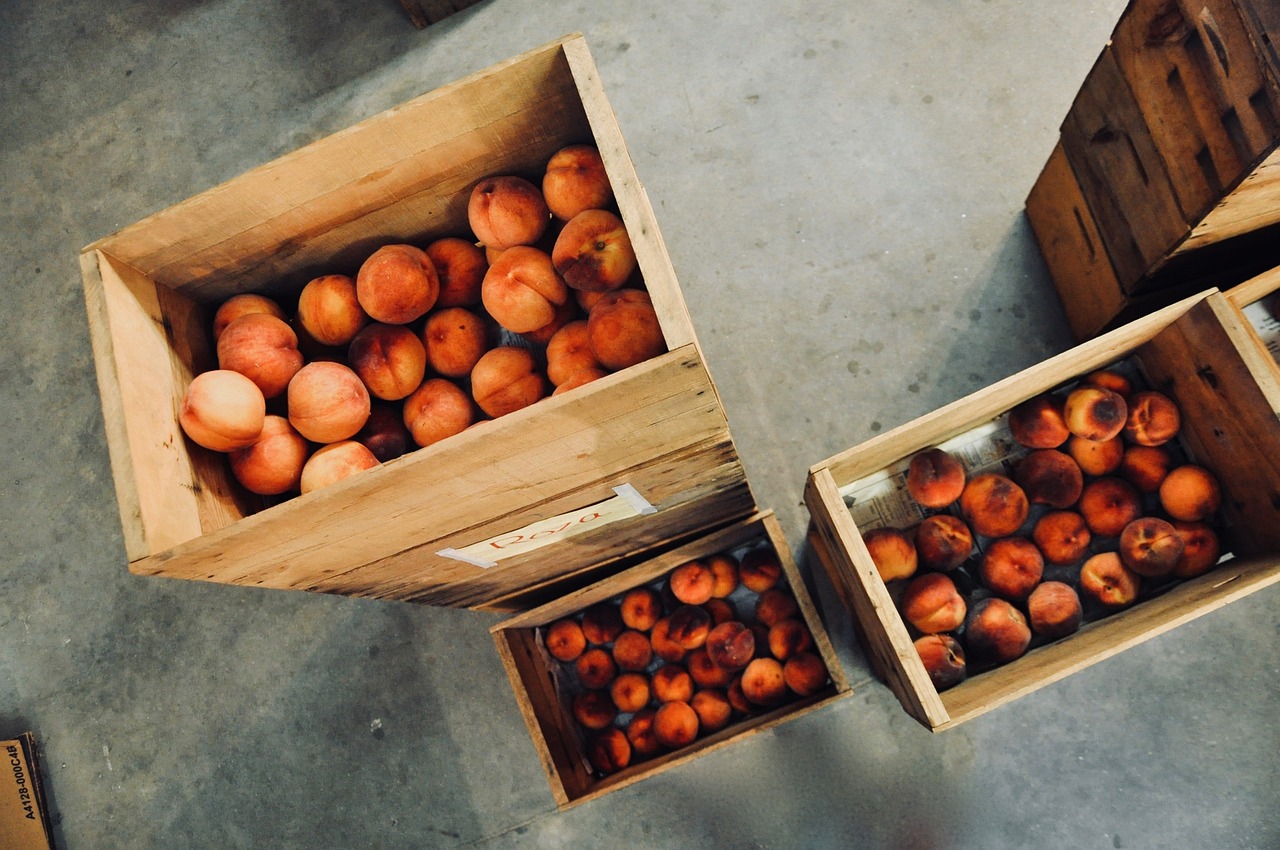
Storing peaches properly is essential to ensure they stay fresh and tasty for as long as possible. Peaches are delicate fruits that can easily bruise or become overripe, so proper storage is key to maintaining their quality.
Room Temperature
If you plan to eat your peaches within a day or two of purchasing them, storing them at room temperature is the best option. Keep them on a countertop or shelf away from direct sunlight and heat sources. This will allow the peaches to ripen naturally and develop their full flavor.
Refrigerator
If you need to store your peaches for longer than a few days, the refrigerator is the best option. Place them in a plastic bag or container and store them in the fridge’s crisper drawer. This will help to maintain their freshness and extend their shelf life.
Unripe Peaches
If your peaches are unripe, leave them at room temperature until they are ready to eat. Once they are ripe, you can store them in the fridge to extend their shelf life.
Moisture
Peaches are sensitive to moisture, so it’s essential to keep them dry when storing them. Avoid washing them until you’re ready to eat them, and make sure any excess moisture is removed before storing them.
Paper Bag
If you want to speed up the ripening process, place your peaches in a paper bag. This will trap the ethylene gas that the peaches produce, which will help them ripen faster. Once they are ripe, transfer them to the fridge to extend their shelf life.
By following these simple storage tips, you can ensure that your peaches stay fresh and delicious for as long as possible.
Overripe vs Ripe Peaches
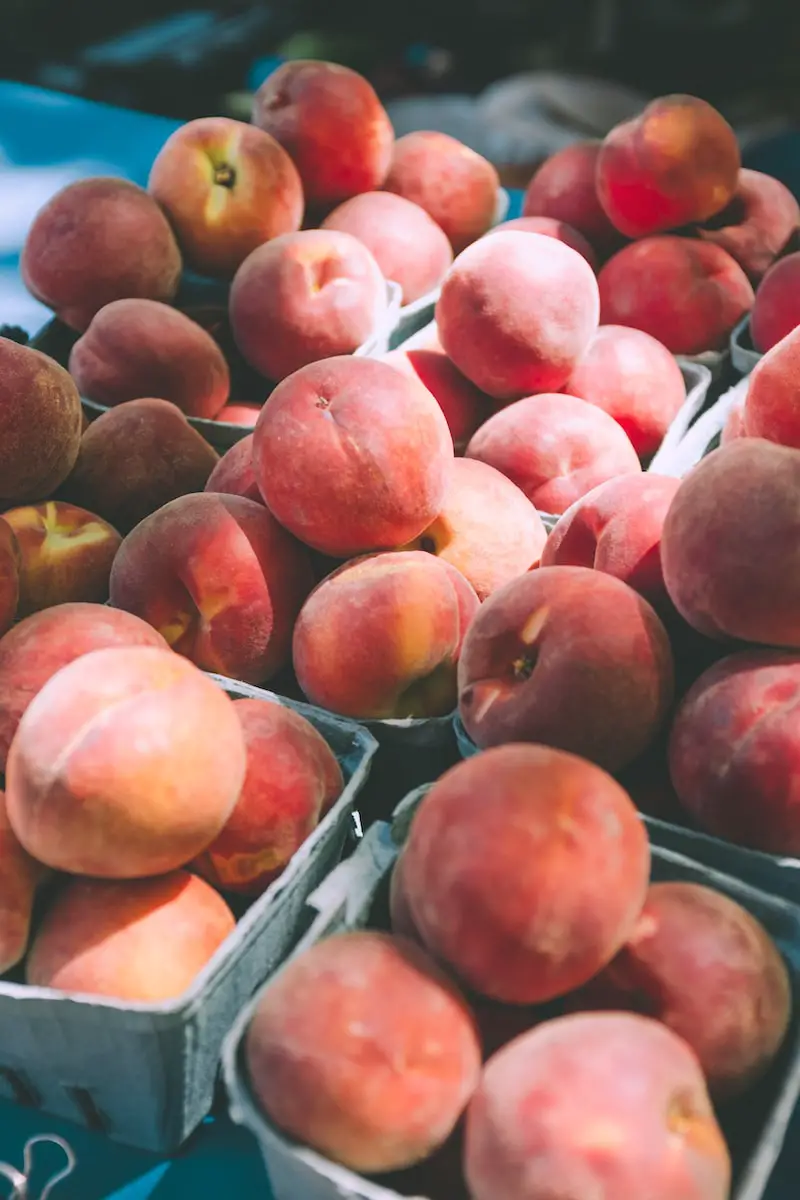
When it comes to peaches, it’s important to know the difference between a ripe peach and an overripe peach. Ripe peaches are sweet, juicy, and full of flavor, while overripe peaches can be mushy, mealy, and unpleasant to eat.
One way to tell if a peach is ripe is by giving it a gentle squeeze. A ripe peach will give slightly when pressed, but it should not be too soft. If a peach is hard, it is not yet ripe and will need more time to ripen. On the other hand, if a peach is too soft or mushy, it is likely overripe and should be avoided.
Another way to determine if a peach is ripe is by its color. A ripe peach will have a bright, vibrant color and should be free from any green areas. Overripe peaches, on the other hand, may have brown spots or bruises, and the skin may be wrinkled or shriveled.
It’s important to note that not all peaches ripen at the same rate. Some varieties may take longer to ripen than others, so it’s important to check the ripeness of each peach individually. Additionally, peaches that are stored at room temperature will ripen faster than those stored in the refrigerator.
In summary, knowing the difference between ripe and overripe peaches is key to enjoying this delicious fruit. By checking for softness, color, and ripeness, you can ensure that you are selecting the best peaches for your recipes or for snacking.
Using Bad or Overripe Peaches
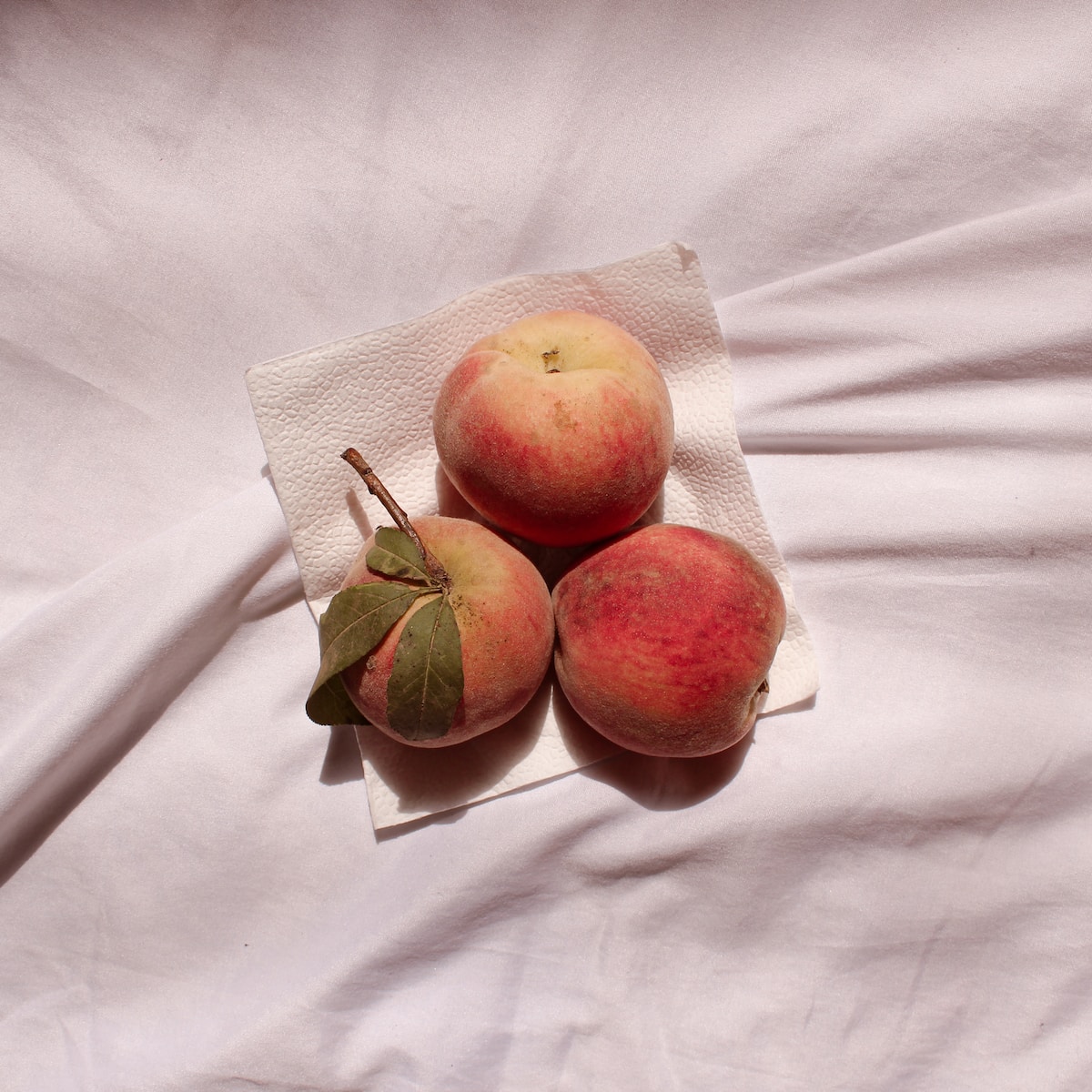
When it comes to using bad or overripe peaches, there are a few things to keep in mind. While it’s best to avoid using them altogether, there are still some ways to salvage them in certain recipes.
In general, bad or overripe peaches will be too soft and mushy, and may have brown spots or mold. If the peach has a sour smell or tastes off, it’s best to discard it.
If you do have some bad or overripe peaches on hand, one option is to use them in recipes that call for cooked or pureed peaches. For example, you can make a peach cobbler or peach jam using overripe peaches. The cooking process will help soften the peaches and make them easier to work with. Just be sure to remove any brown spots or mold before using them.
Another option is to use overripe peaches in smoothies or other blended drinks. The sweetness of the peaches can still come through even if they are too soft to eat on their own. Just be sure to remove any brown spots or mold before blending.
If you’re interested in canning peaches, it’s important to only use ripe peaches that are in good condition. Overripe or bad peaches can spoil the entire batch and may not be safe to eat.
Overall, it’s best to avoid using bad or overripe peaches whenever possible. However, if you do find yourself with some on hand, there are still ways to use them in certain recipes. Just be sure to inspect them carefully and remove any brown spots or mold before using them.
Peaches in Everyday Life
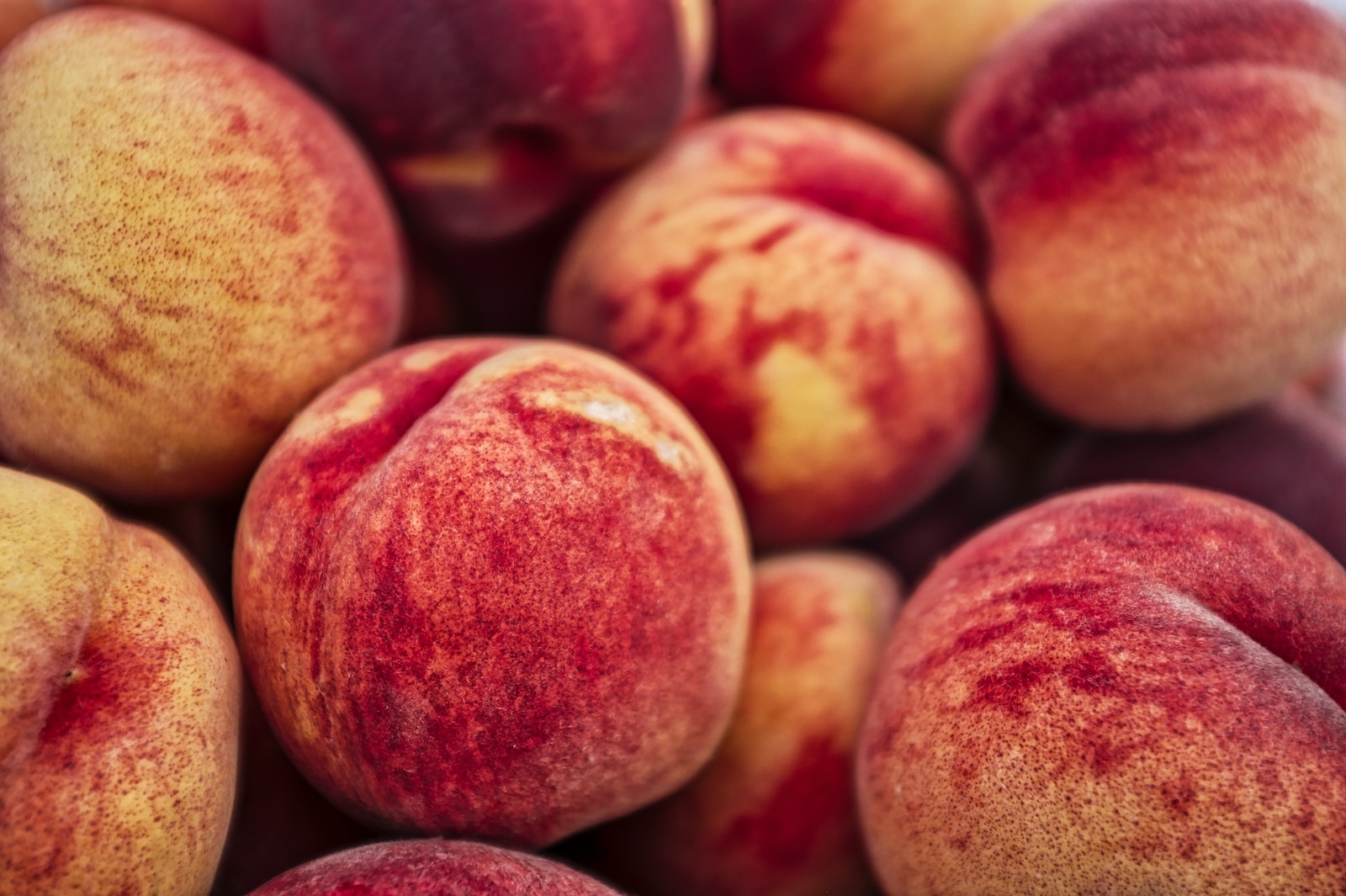
Peaches are a popular fruit that can be enjoyed in a variety of ways. Whether you’re eating them fresh, canned, or in a pie, it’s important to know how to tell if a peach is bad.
During the summer months, peaches are in season and can be found at most grocery stores and farmers’ markets. They are a great addition to any fruit salad or can be eaten on their own as a healthy snack.
If you’re looking for a healthy snack that’s easy to take on the go, consider packing a fresh peach in your lunchbox. It’s a great alternative to an apple and provides a sweet and juicy flavor that’s sure to satisfy your taste buds.
If you’re a fan of baseball or tennis, consider bringing a few peaches with you to the game. They are a great snack to munch on while you watch your favorite players compete.
If you’re planning a family trip to the beach, consider bringing along a cooler filled with fresh peaches. They are a refreshing snack that’s perfect for a hot summer day.
If you’re attending a baseball game, be sure to grab a bag of fresh peaches from the concession stand. They are a healthier alternative to traditional ballpark snacks and provide a sweet and juicy flavor that’s sure to satisfy your cravings.
Peaches are a staple of summers in the south. Whether you’re enjoying them fresh or in a cobbler, they are a delicious way to cool down on a hot summer day.
What Happens If You Eat a Bad Peach
Eating a bad peach can lead to a range of unpleasant symptoms, some of which can be severe. Here are some of the potential consequences of consuming a peach that has gone bad:
- Gastrointestinal Distress: Consuming a bad peach can lead to stomach pain, nausea, vomiting, and diarrhea. These symptoms may be caused by bacteria or fungi that have grown on the peach, or by toxins that have developed as a result of spoilage.
- Allergic Reactions: Some people may be allergic to certain substances that are present in peaches, such as a protein called Pru p 3. If a peach has gone bad, it may contain higher levels of this protein, which can trigger an allergic reaction in susceptible individuals. Symptoms of an allergic reaction can include itching, hives, swelling, and difficulty breathing.
- Food Poisoning: Eating a bad peach can also lead to food poisoning, which is caused by consuming food that is contaminated with harmful bacteria, viruses, or parasites. Symptoms of food poisoning can include fever, chills, headache, and muscle aches, as well as gastrointestinal symptoms like nausea, vomiting, and diarrhea.
It’s worth noting that not all bad peaches will cause these symptoms, and the severity of the symptoms can vary depending on the individual and the extent of the spoilage. However, it’s generally best to err on the side of caution and avoid eating any peaches that look or smell off, or that have been stored for an extended period of time.
In summary, consuming a bad peach can lead to a range of unpleasant symptoms, including gastrointestinal distress, allergic reactions, and food poisoning. If you suspect that a peach may be bad, it’s best to avoid eating it to minimize the risk of these potential consequences.
Donut Peaches vs Regular Peaches
Donut peaches, also known as Saturn peaches, are a popular type of peach that have a unique flattened shape and a small pit. They are often sweeter and juicier than regular peaches, and they have a slightly different texture.
When it comes to telling if a donut peach is bad, the same principles apply as with regular peaches. Look for signs of mold, bruising, or soft spots. If the peach has a sour or off smell, it is likely past its prime.
One advantage of donut peaches is that their shape makes them easier to handle and store than regular peaches. They are less likely to roll off a countertop or get squished in a bag. However, they may be more difficult to slice and pit due to their unusual shape.
Another difference between donut peaches and regular peaches is their availability. Donut peaches are typically in season from late spring to early fall, while regular peaches are available throughout the summer months. Donut peaches may also be more expensive than regular peaches due to their unique characteristics.
Overall, whether you prefer donut peaches or regular peaches is a matter of personal preference. Both types of peaches can be delicious when they are fresh and ripe, and both should be discarded if they show signs of spoilage.
Composting Bad Peaches
When a peach goes bad, it can be tempting to simply throw it in the trash and forget about it. However, bad peaches can actually be put to good use by composting them. Composting is the process of breaking down organic matter into a nutrient-rich soil amendment that can be used in gardening and farming.
To compost bad peaches, follow these steps:
- Cut the peaches into small pieces to speed up the composting process.
- Add the peach pieces to a compost bin or pile along with other organic matter such as leaves, grass clippings, and food scraps.
- Make sure the compost pile stays moist by watering it regularly.
- Turn the compost pile every few weeks to aerate it and speed up the decomposition process.
- Once the compost has broken down into a dark, crumbly soil-like substance, it is ready to use in your garden or to give away to friends and neighbors.
Composting bad peaches not only helps reduce waste, but it also helps improve soil health and fertility. The nutrients in the peaches are broken down and released into the soil, providing plants with the necessary nutrients for healthy growth.
It is important to note that not all peaches are suitable for composting. If the peaches have been treated with pesticides or other chemicals, they should not be composted. Additionally, if the peaches are moldy or have a foul odor, they should not be composted as they can attract pests and rodents.
By composting bad peaches, you can turn a negative situation into a positive one by creating nutrient-rich soil for your garden or farm.
Conclusion
In conclusion, it is important to know how to tell if a peach is bad to avoid consuming a spoiled fruit. By following the tips mentioned in this article, one can easily identify a bad peach by its appearance, smell, and taste.
It is important to note that not all peaches will show visible signs of spoilage, and some may still be bad even if they look and smell fine. Therefore, it is always best to err on the side of caution and discard any peach that seems suspicious.
When purchasing peaches, it is recommended to buy them from reputable sources and inspect them thoroughly before consuming. Proper storage of peaches can also help prolong their shelf life and prevent spoilage.
By practicing good food safety habits, one can enjoy the delicious taste and nutritional benefits of peaches without the risk of consuming a bad fruit.